

William Stopford
Every car discontinued in Australia in 2025
18 Hours Ago
It's hard to find negatives for the BMW 330i. The Bavarian sports sedan drives brilliantly and offers all the quality and tech its buyers demand.
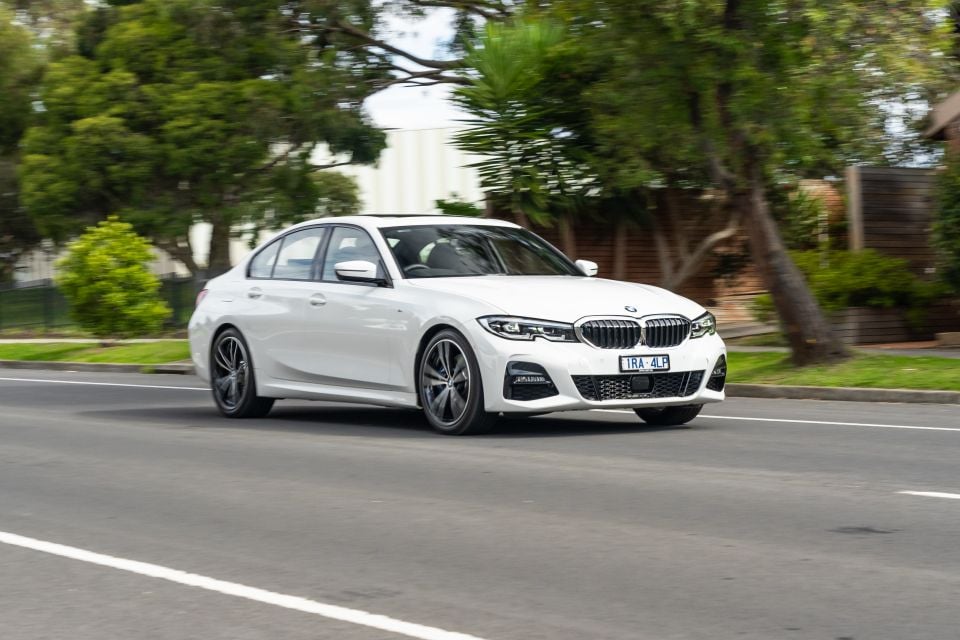
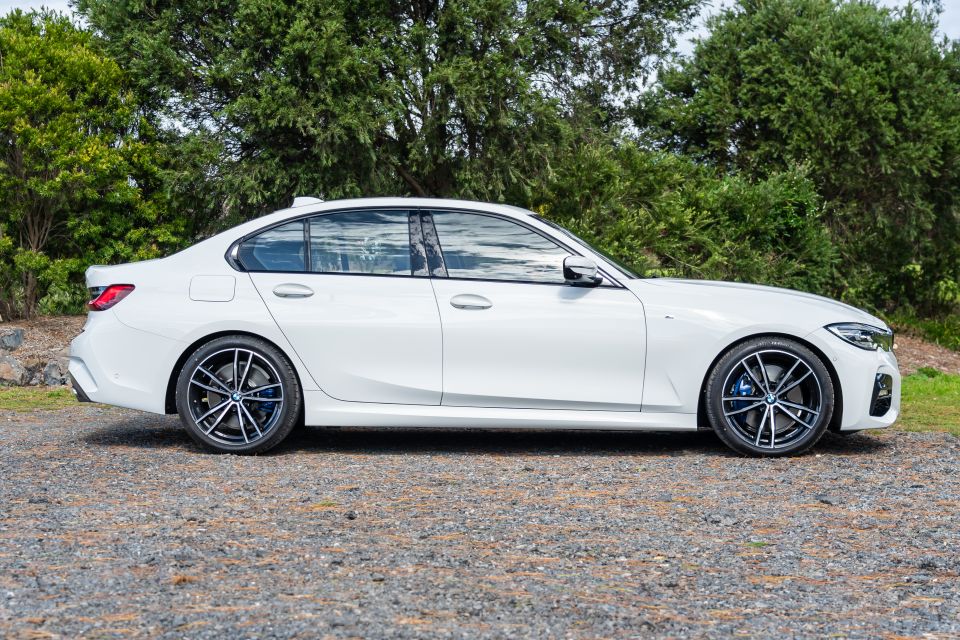

Senior Contributor
New from
$75,900
excl. on-roads

Senior Contributor
New from
$75,900
excl. on-roads


Senior Contributor
New from
$75,900
excl. on-roads

Senior Contributor
New from
$75,900
excl. on-roads
Quickly see how this car stacks up against its competition. Select any benchmark to see more details.
Where expert car reviews meet expert car buying – CarExpert gives you trusted advice, personalised service and real savings on your next new car.
BMW no longer counts the 3 Series as its top-seller, but this sporty sedan remains an introduction point to the Bavarian brand for many an aspirational buyer.
The ‘G20’ 3 Series premiered in Australia at the start of 2019, improving on its predecessor in every way. While the M340i xDrive is the flagship until a new M3 arrives, it’s the BMW 330i as tested here that finds the most buyers.
The silhouette is classic cab-backwards 3 Series, but the latest iteration has a sharper suit than its immediate forebear. The large single-piece kidney grille, jagged headlights, body sculpting, L-shaped 3D effect tail lights, widened track and lower stance, and iconic Hofmeister kink C-pillar, all make it a pretty sexy car to my eyes.
While the segment is competitive – rivals include the evergreen Mercedes-Benz C-Class, dynamic Jaguar XE, tech-laden Audi A4 and Scandi-cool Volvo S60 – the Bimmer makes a strong case to be called best of the bunch.

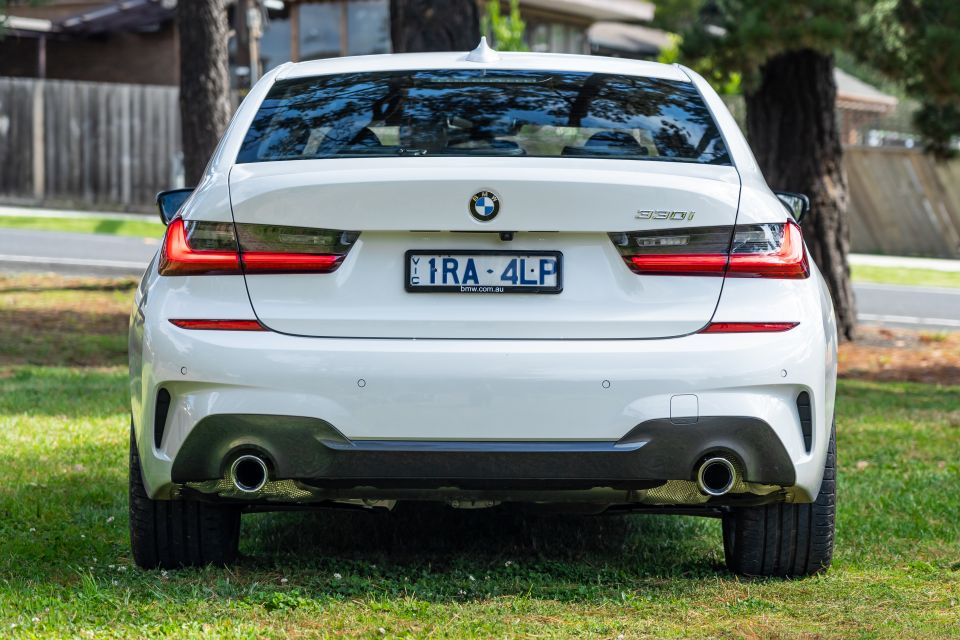
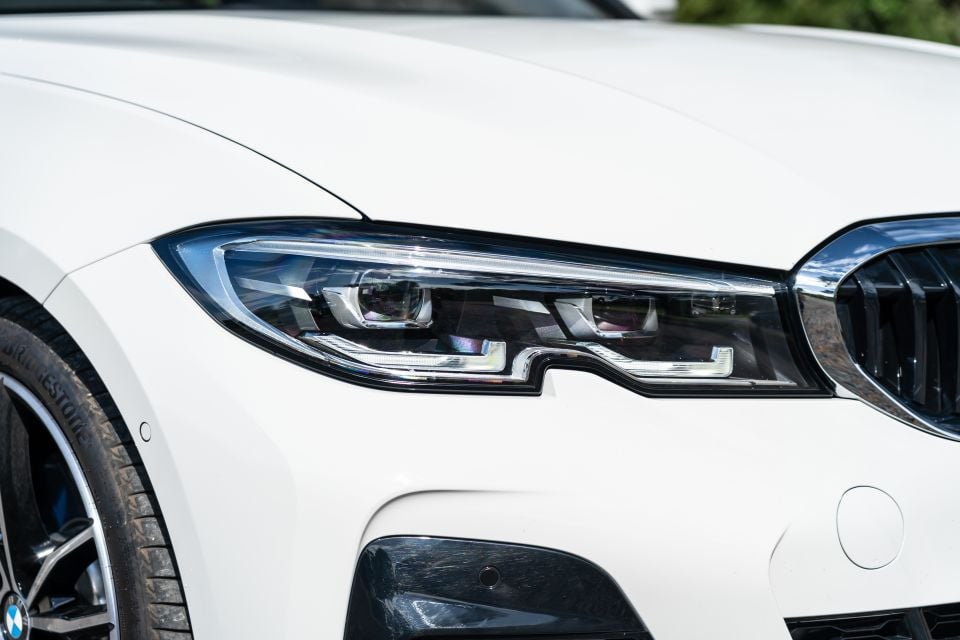
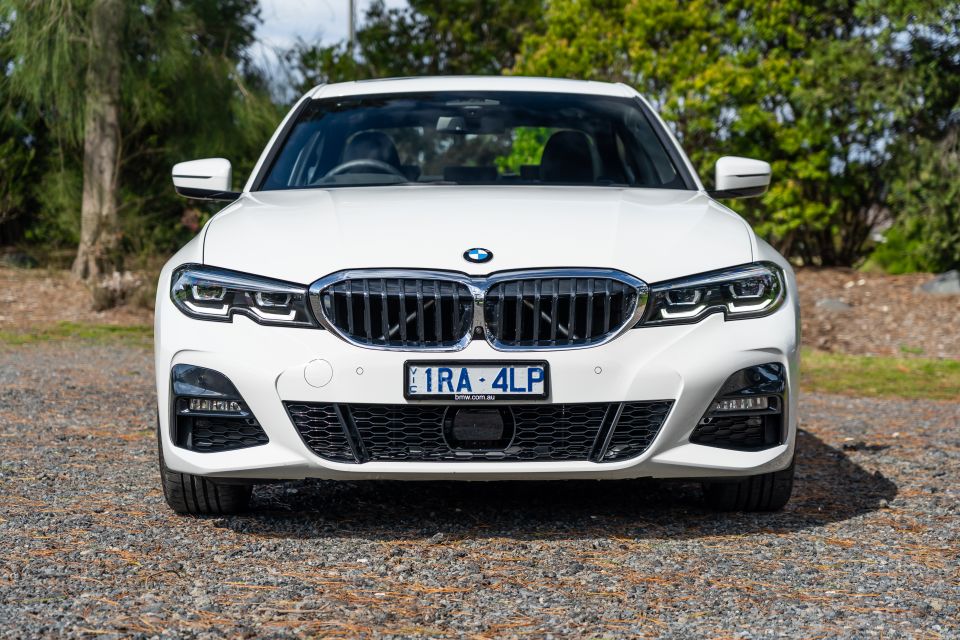
The BMW 330i wears a sticker price of $71,900 before on-road costs, and comes with two divergent design packages: the M Sport as seen here, or the Luxury line.
For context, the entry level BMW 320i that comes with less power and fewer features costs $65,900, the plug-in hybrid 330e costs $78,900, and the M340i xDrive kicks off at $94,900 in Pure grade.
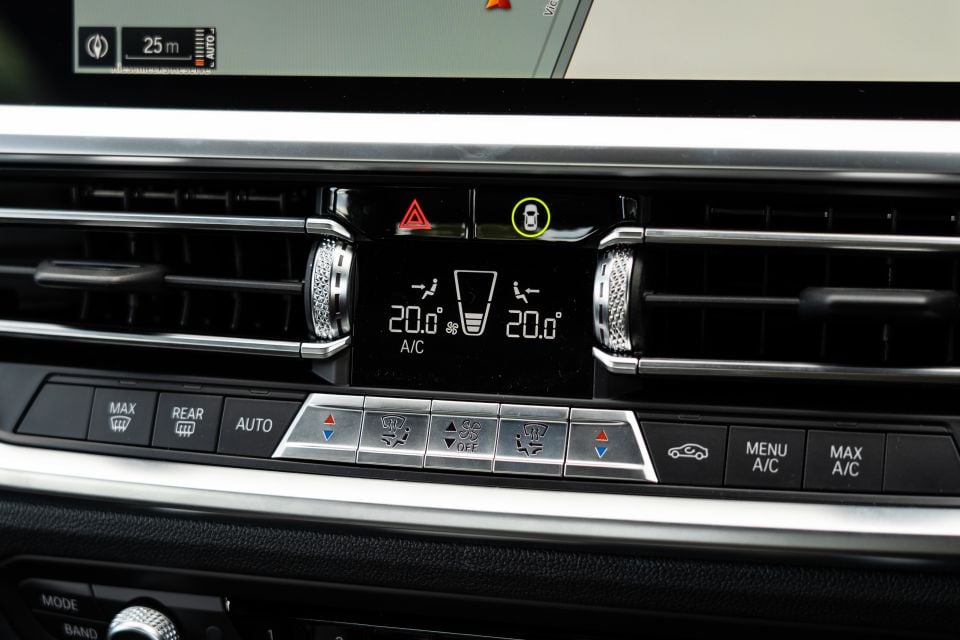
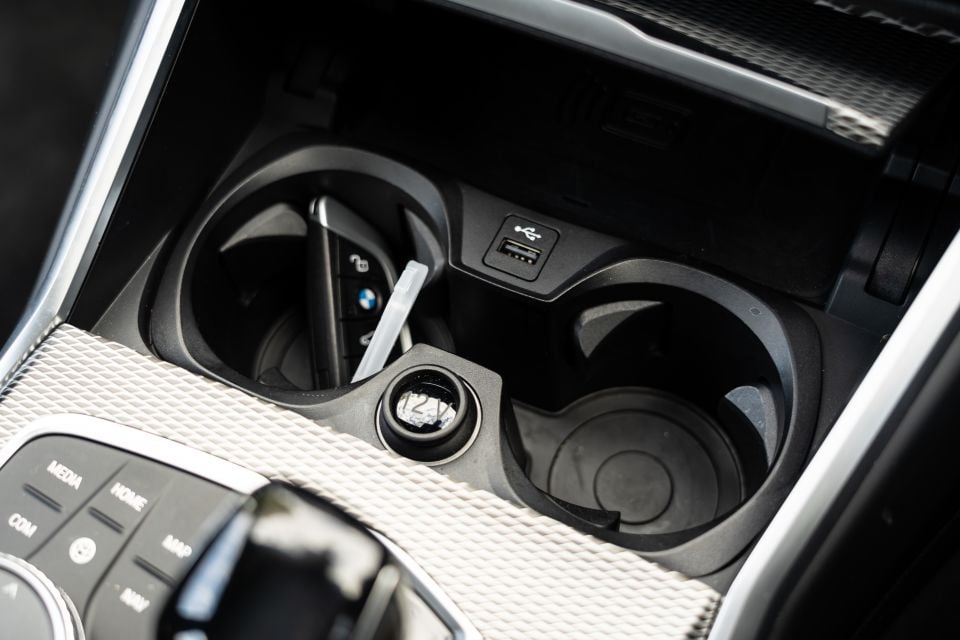
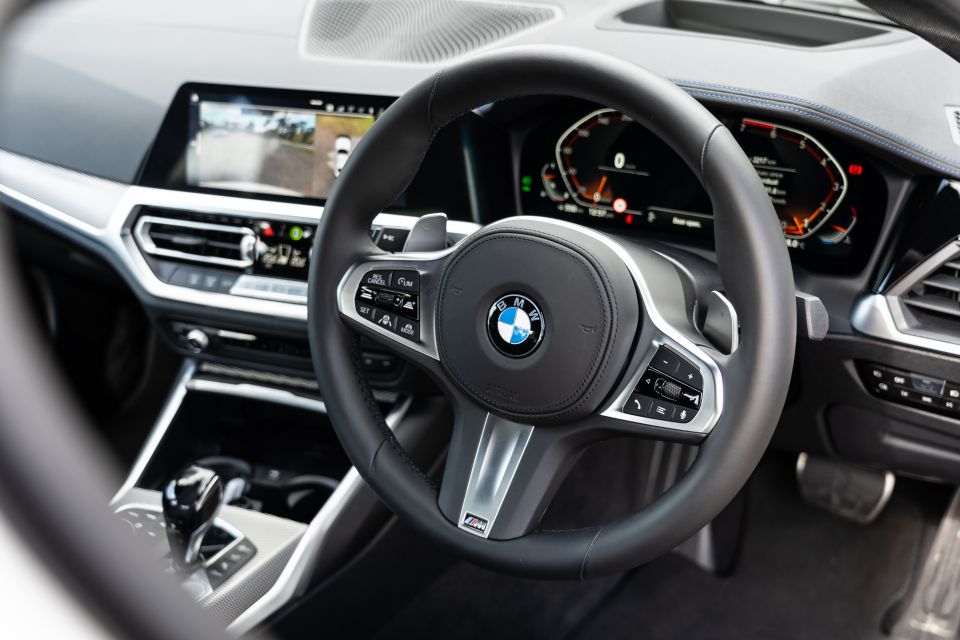
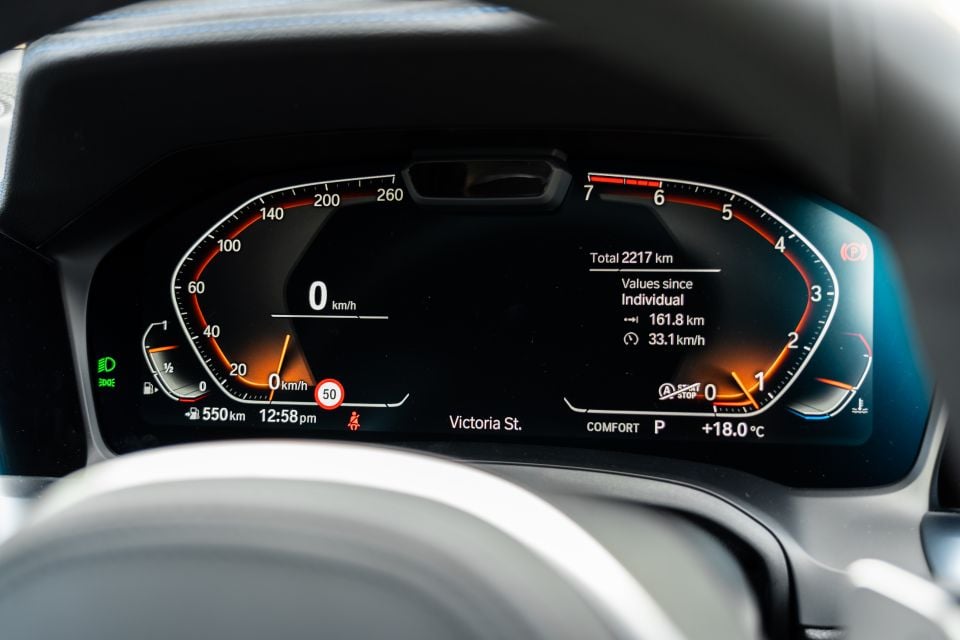
Buy your new car without the stress. It's fast, simple and completely free.

Great service from Travis and team, second time I have used this business would not hesitate to recommend them to anyone
Craig C.
Purchased a Ford Ranger in Sunshine Coast, QLD
CarExpert helped Craig save thousands on his Ford Ranger, now let us save you on your next new car.
Find a dealThe days of luxury brands charging extra for all the good stuff are behind us. The G20 comes pretty loaded up.
The BMW 330i comes standard with adaptive LED headlights and automatic high-beam, auto-folding side mirrors, follow-me-home lights that stay on briefly when you leave the car at night, rain-sensing wipers, a proximity key fob, and 19-inch wheels wrapped in runflat tyres.
The M Sport package gives you gloss black exterior highlights, an Anthracite head-lining, an M-brand steering wheel, Aluminium Tetragon cabin trims, Double-Spoke 790 M Bicolour wheels, and M Sport brakes. The no-cost-option Luxury Line instead offers a different wheel design, wood cabin cabin trims, and a Sensatec faux leather dash. The choice is yours.
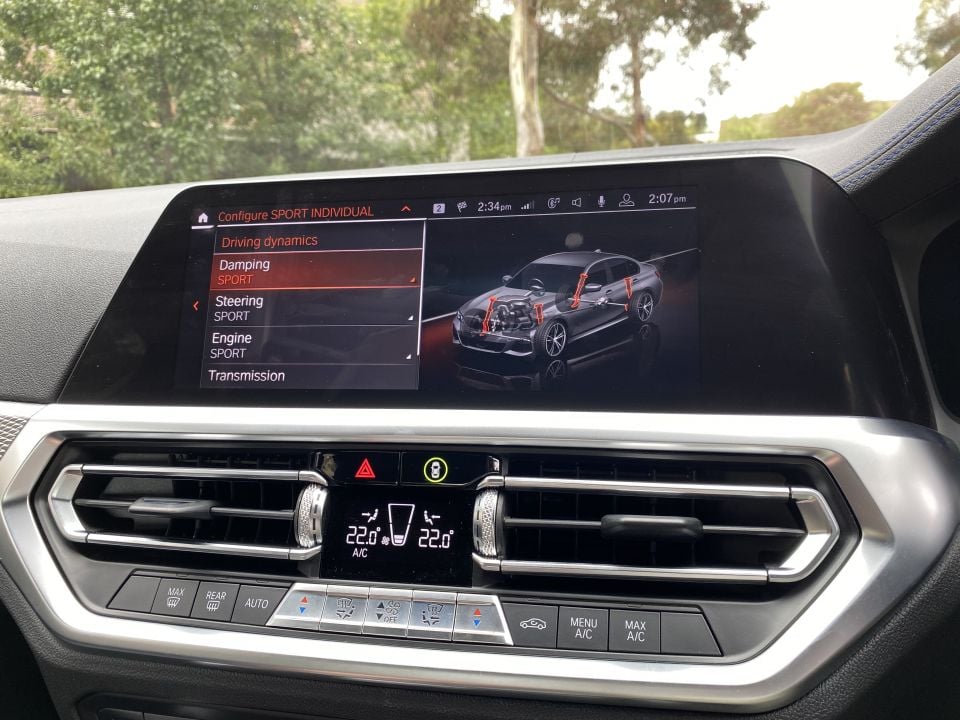
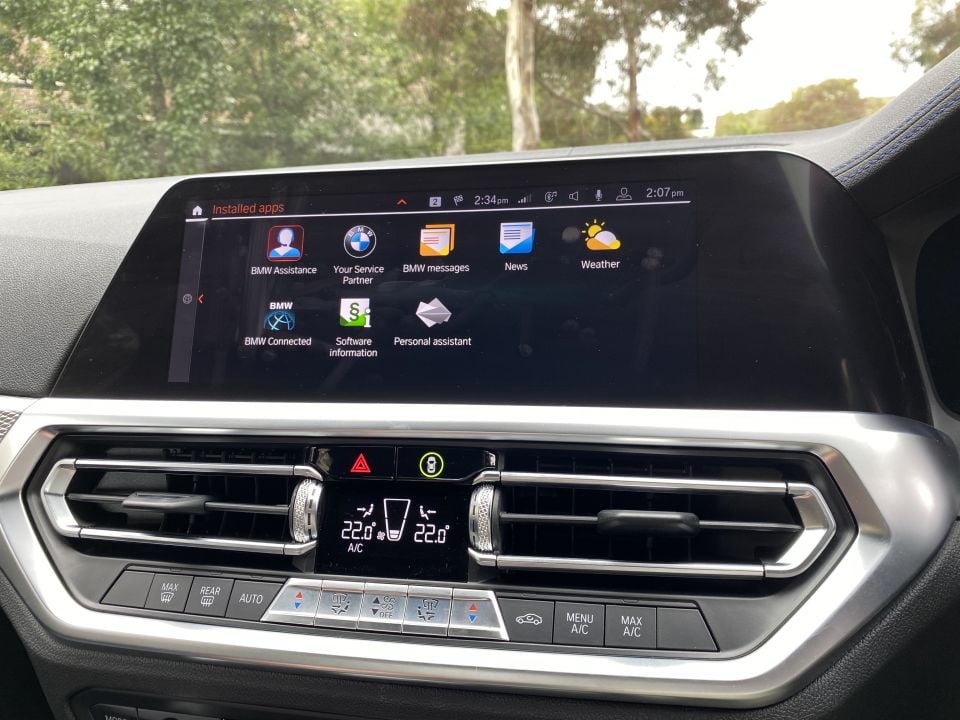
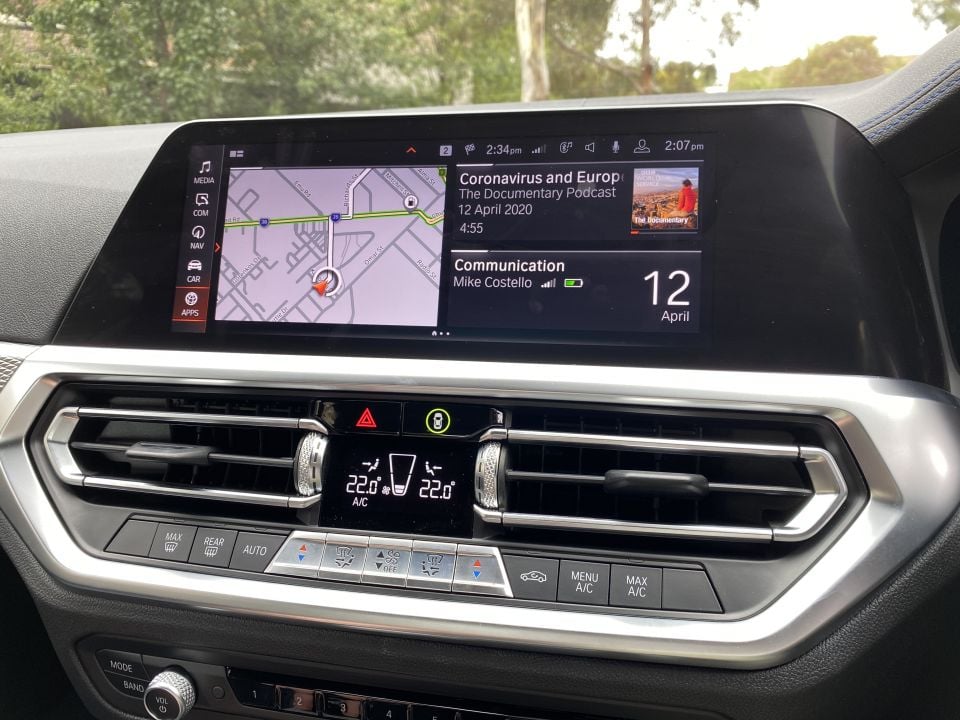
Inside you get seats trimmed in leather, electric adjustment and memory presets for the driver’s pew, three-zone climate control, and a projecting heads-up display that details driving data and turn signals onto the windscreen.
BMW’s latest 7.0 operating system uses the familiar iDrive rotary dial with button shortcuts, but also works on the centre 10.25-inch touchscreen, through steering wheel buttons, and via conversational voice control activated with a ‘Hey BMW’ command that gets your instructions right maybe 75 per cent of the time.
You also get a 12.3-inch digital instrument display, satellite navigation, DAB+ digital radio, a wireless smartphone charger, a 10-speaker sound system, 4G LTE network compatibility for updates, and unlocked Apple CarPlay.
Our test vehicle was pretty light on extra-cost options. The sunroof costs $2231, and the Sensatec instrument panel (standard on the Luxury Line) costs $731.
Id’d be tempted by the BMW Laserlight headlights ($1462) and uprated 16-speaker 464W harmon/kardon sound system ($846) too. Keep in mind these features will likely incur luxury car tax, though the stock 330i comes under the higher-threshold fuel-efficiency cap.
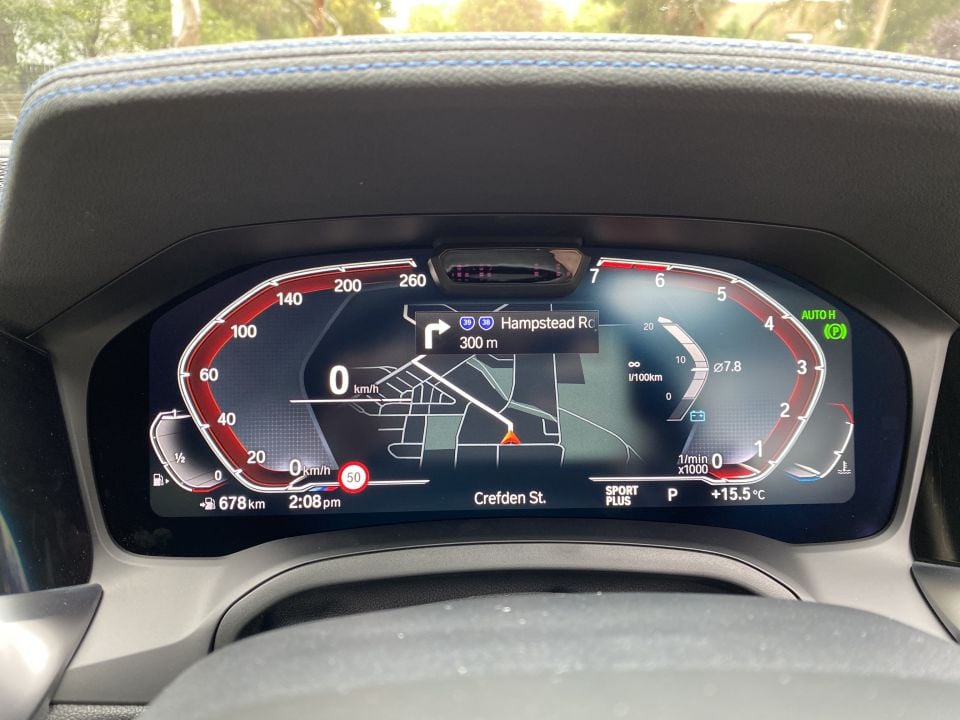
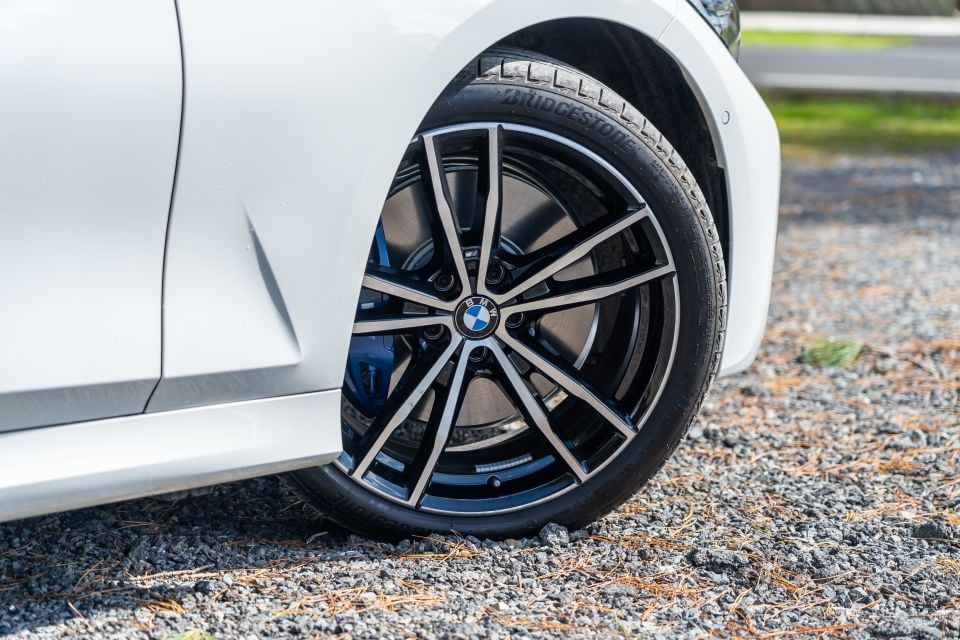
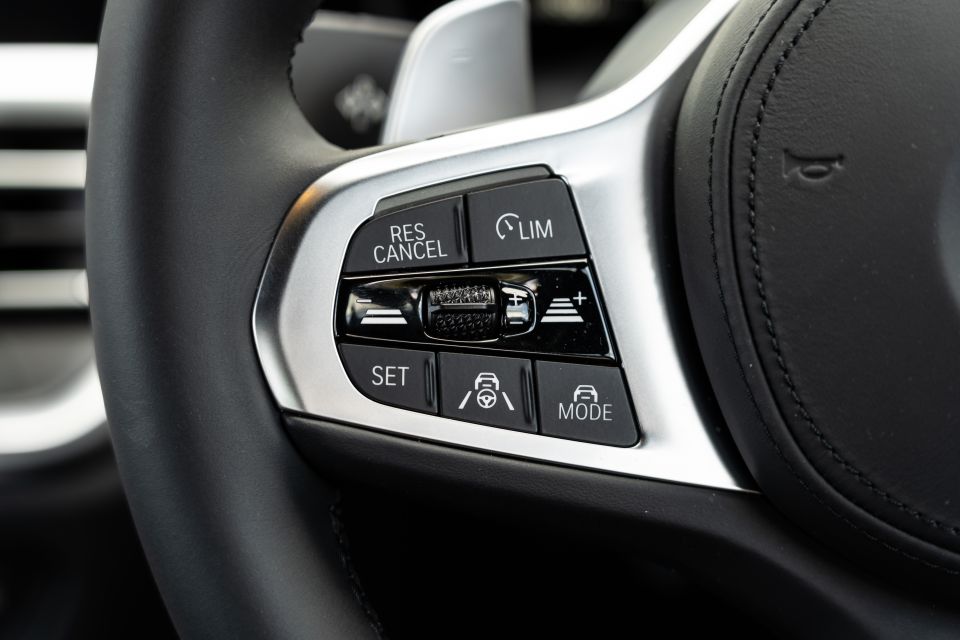
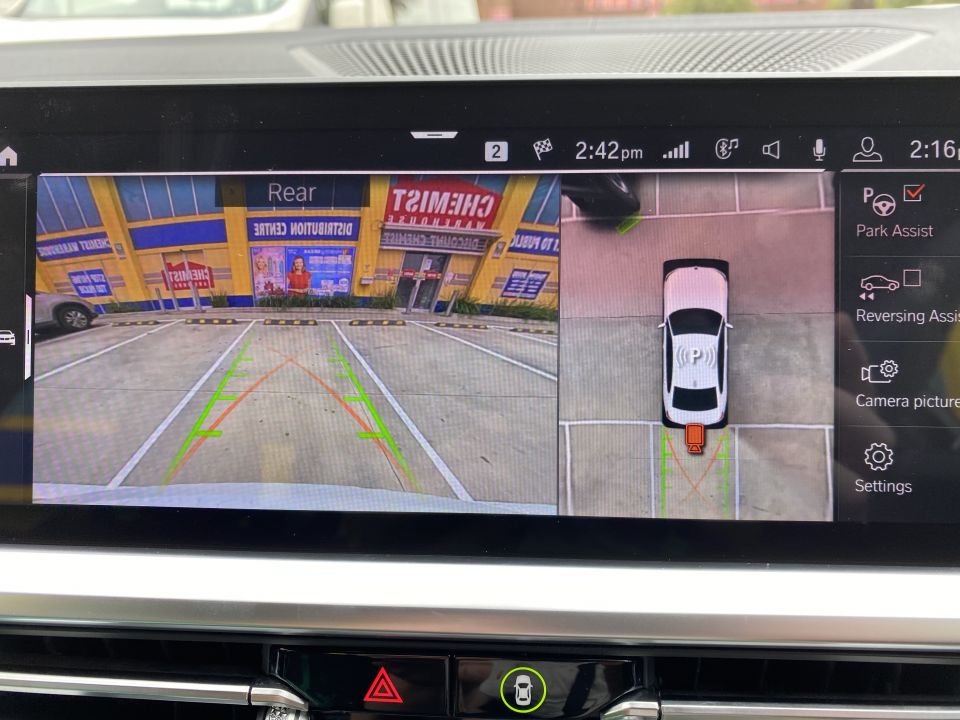
The gamut of safety and driver-assistance features include eight airbags, front and rear autonomous emergency braking, a speed limiter, lane-departure warning, lane-keeping aid, cross -traffic alert, blind-spot alert, automatic parking software, evasion aid, a surround-view camera view, and adaptive cruise control – with a speed limiter for urban conditions.
The car is capable of steering itself around sweeping corners (not too acute), helping you evade an obstacle, steering itself out of tight spots in reverse, and braking automatically for obstacles in either direction. The surround-view camera also tells you exactly how close you are to an obstacle behind you.
Crash tester ANCAP awarded the 3 Series a five-star score in 2019. It managed a near-perfect 97 per cent score for adult occupant protection, 87 per cent for child occupant protection, 87 per cent for vulnerable road user protection, and 77 per cent for safety assist.
“Tests of the AEB system showed ‘good’ performance with collisions avoided or mitigated in most test scenarios. Overall, effectiveness of the AEB system performance in highway speed scenarios was rated ‘good’,” ANCAP said in its report. “… Tests of the lane-keeping aid functionality showed ‘adequate’ performance, however the system does not intervene in more critical emergency lane keeping scenarios. Overall performance of the LSS system was classified as ‘marginal’.
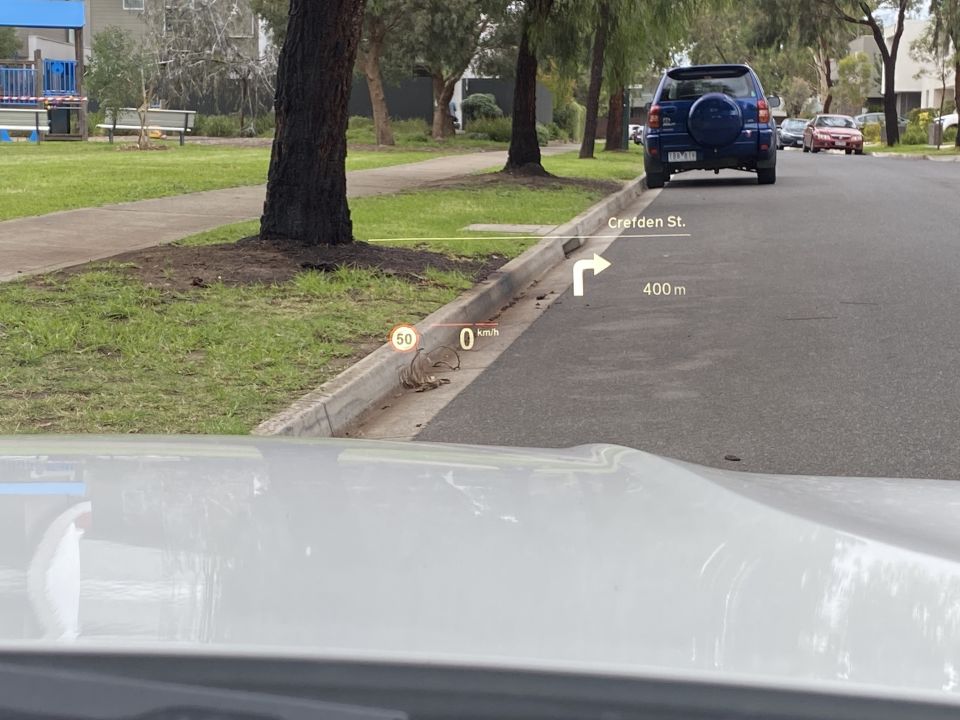
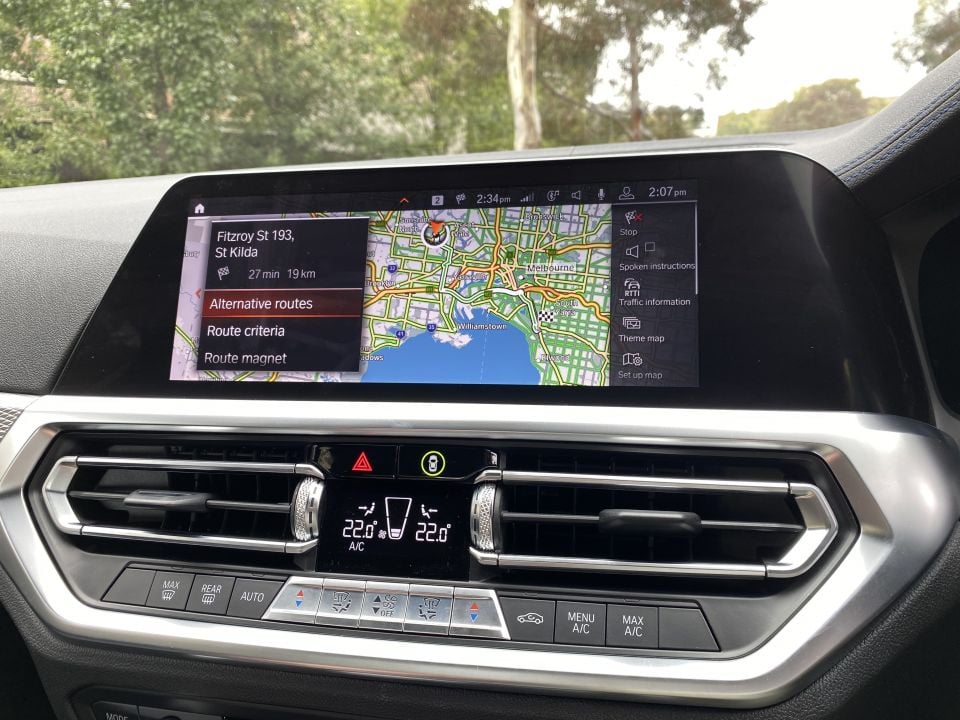
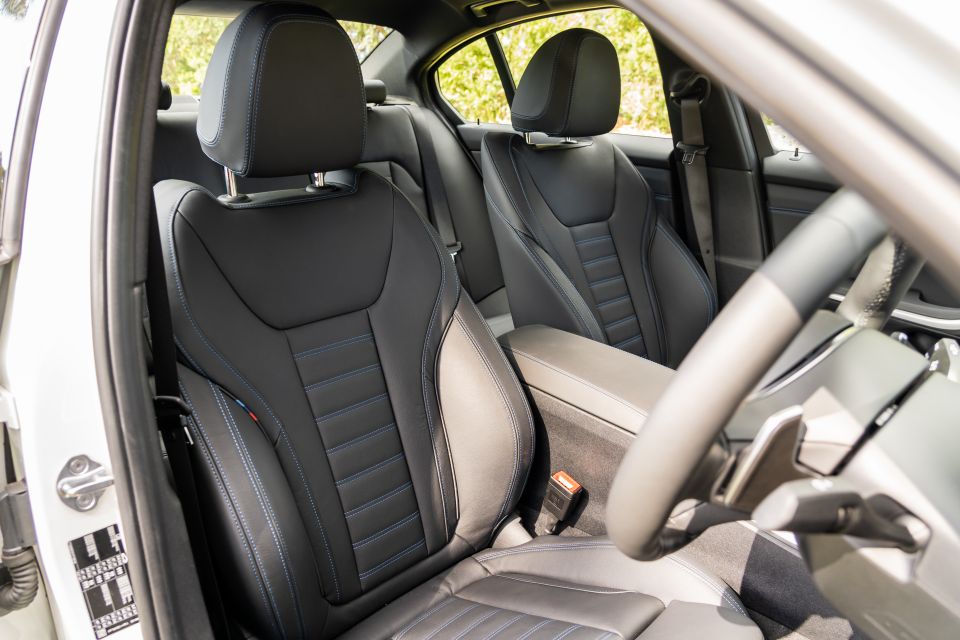

The BMW 3 Series G20’s interior is a big step up, more spacious and sporting a cleaner layout than the tired old model. The fascia is still driver-oriented, but there are higher-grade materials used.
The standard contrast trim finish is called Aluminium Tetragon, though you can buy various wood or metallic finishes too. It’s polarising but I like it. Ditto the blue stitching.
The new centre console and transmission tunnel section now houses the starter button, situated near the iDrive dial, and a wireless phone charging pad. There’s also a parking brake switch (some long for a good old hydraulic lever) and proper centre console unlike the old model, augmenting the big door bins.
The central screen’s latest 7.0 operating system is super easy to operate. BMW’s new personal voice assistant worked pretty well for the most part (it’ll find your address, change your radio station or increase the cabin temperature when commanded) and the fact it can be updated online means it’ll improve, though I’d note that Mercedes-Benz’s system can handle more advanced functions like operating the sunroof, and seems to understand my Aussie drawl a little better. Test for yourself.
The driver’s instrument screen can be modified to show navigation or active safety programs, or be minimised altogether. Some folks might long for the days of analogue gauges, so perhaps a simpler display mode imitating an E46’s cluster could be a fun addition? The head-up display is industry-leading for clarity and quality, and once you’ve lived with one it’s hard to go back.
The boot is 480L (the wagon’s is 500L with a bigger aperture), and the 40:20:40 folding back seats carry over. There’s more headroom and shoulder room, and bigger entry and exit spaces. I’m 194cm and sat behind my own driving position, and had my own air vents and USB plugs back there. It’s not quite a Camry, but it’s roomier than the Jaguar XE.


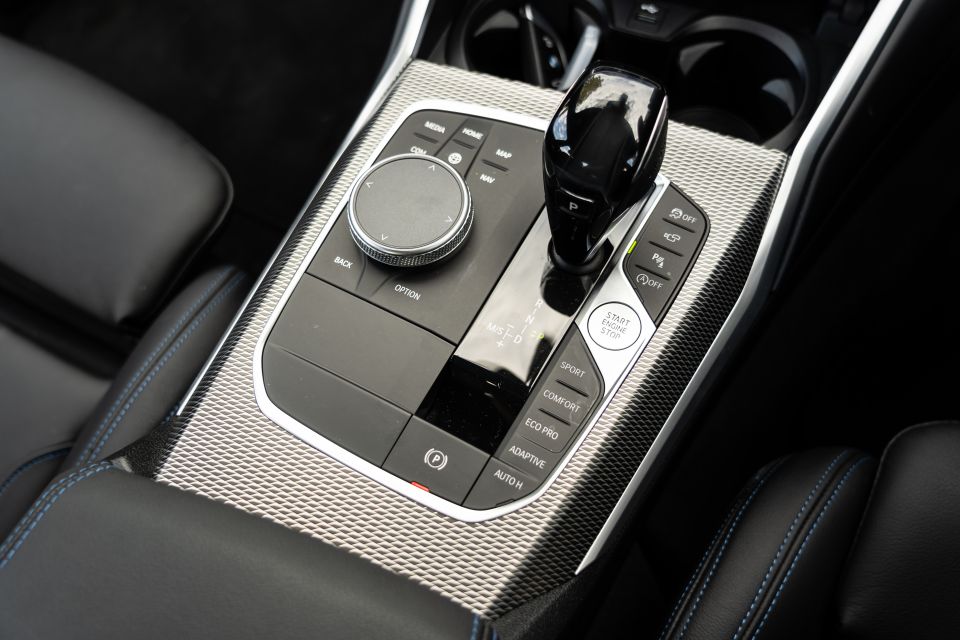
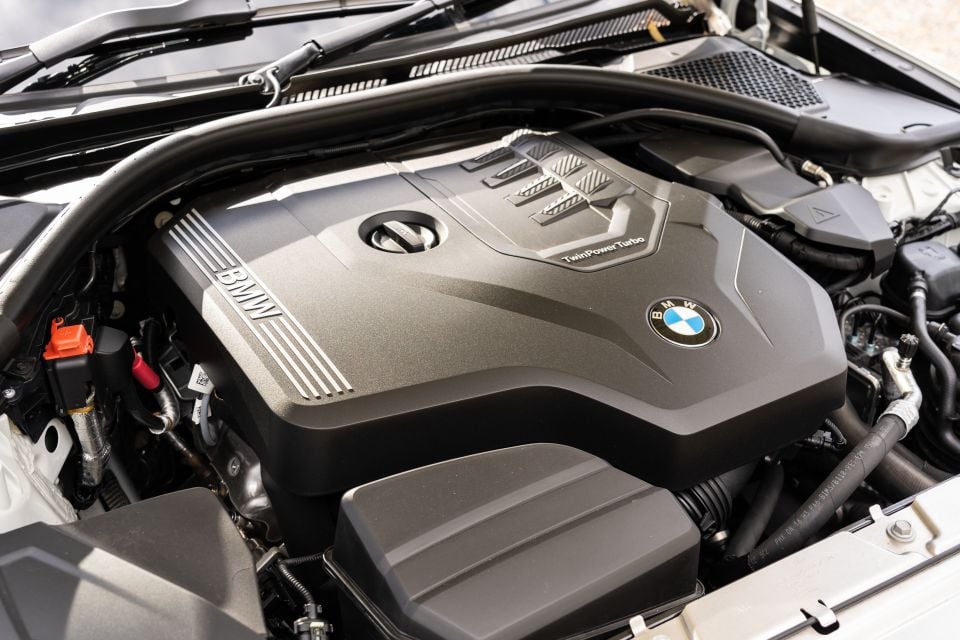
The BMW 330i’s 2.0-litre TwinPower turbocharged engine (there’s a bypass valve that opens at greater engine speeds, and the unit quickly recirculates exhaust gases) makes 190kW of power and a significant 400Nm of torque.
The engine is mated to a familiar eight-speed Steptronic automatic with torque-converter and paddles, sourced from German supplier ZF. Engine outputs are sent to the rear wheel, as with every 3 Series that has come before. BMW quotes a rapid 0-100km/h sprint time of 5.8 seconds, and fuel economy is a claimed 6.4L/100km using 95 RON premium fuel.
Fuel-saving features include active grille shutter, brake-energy recuperation that feeds previously unused kinetic energy into electrical energy for the battery, and a smooth stop/start system (which nevertheless is not quite as slick as Mercedes-Benz’s 48V system that actually stops and starts the car movie electrically).
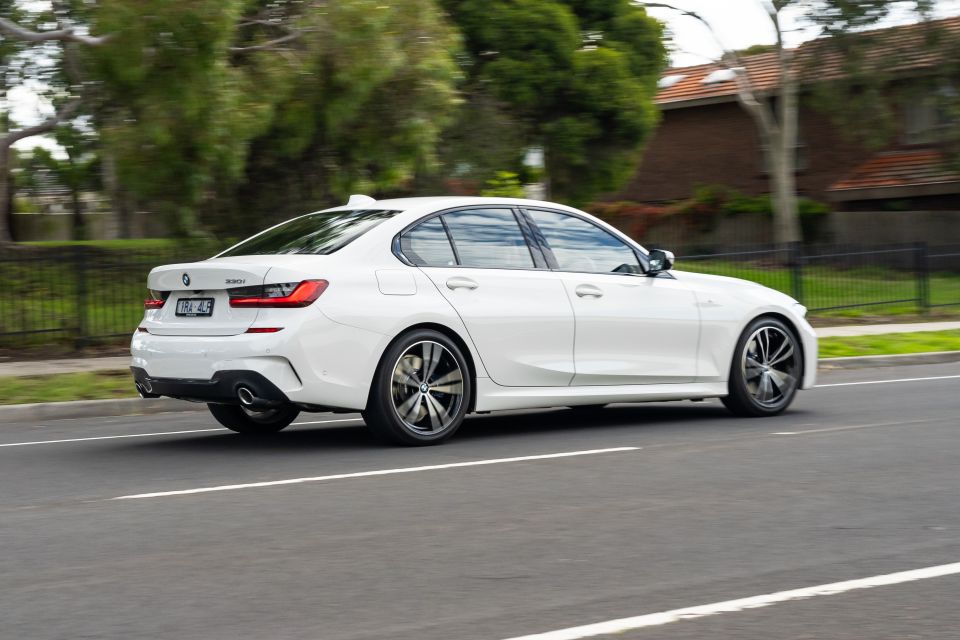

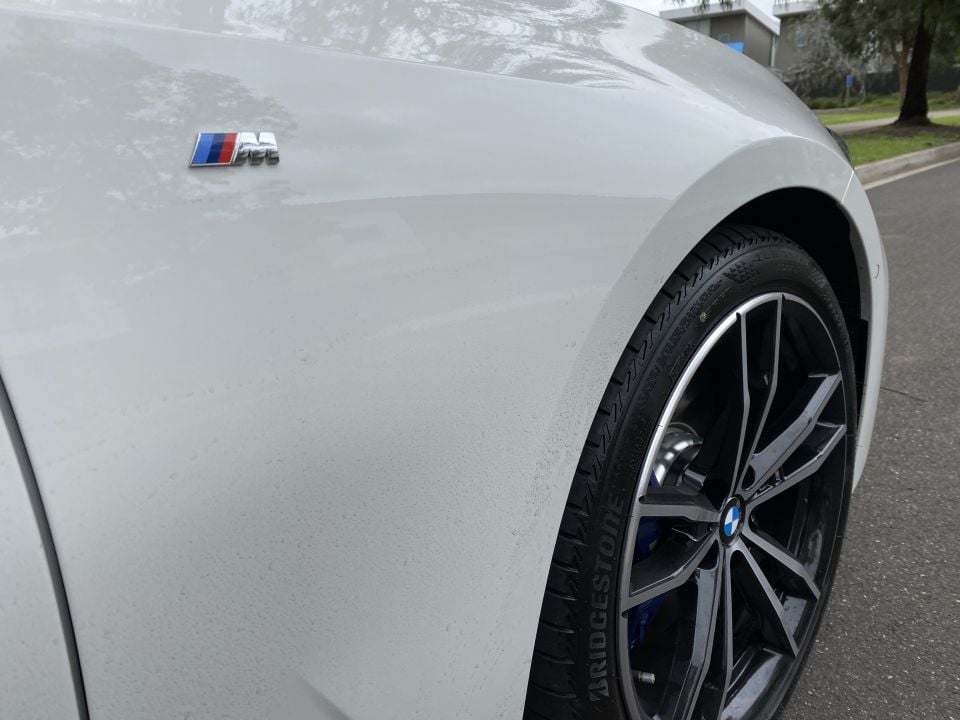
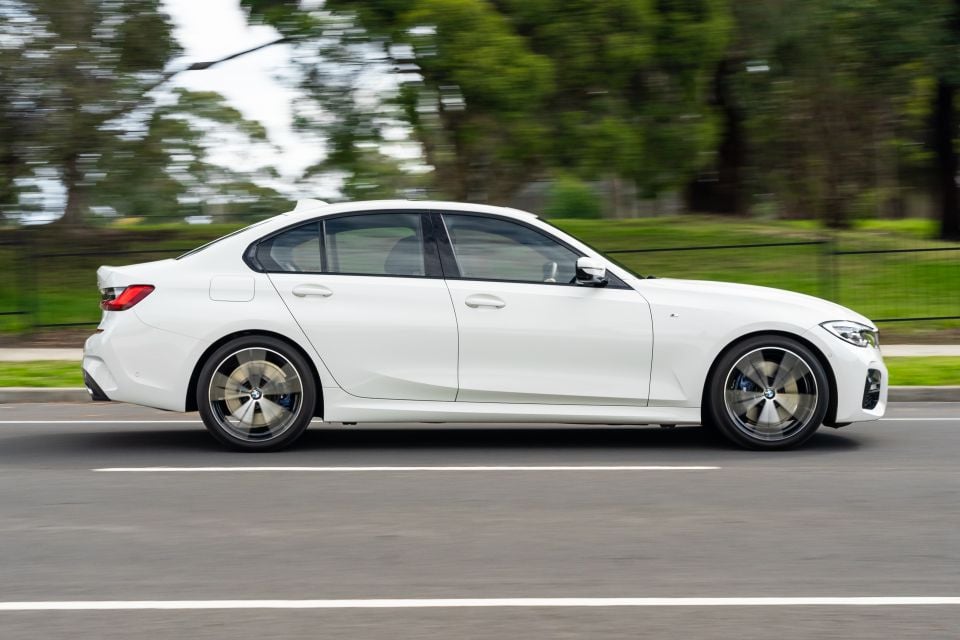
The new BMW 3 Series is a clean-sheet redesign, based on the company’s longitudinal CLAR (cluster architecture) platform, shared in large part with the recently-launched X3, X5, and 5 Series.
It’s bigger in every area, with 76mm increases in length and 40mm/20mm in the front/rear tracks, and the monocoque is up to 50 per cent stiffer than before. Yet greater use of aluminium means that it’s also 55kg lighter.
It also has a lower centre of gravity, a 0.23 coefficient of drag rating, and retains the signature 50:50 weight distribution. The fundamental suspension layout remains strut/multi-link, though the components use more lightweight materials.
The BMW 330i also comes standard with adaptive M suspension including adjustable dampers/shocks that make the ride firmer or softer at the press of a button. It also comes with speed-sensitive Servotronic electric-motor-actuated power steering, meaning it becomes more resistant at higher speeds and lighter in car parks.

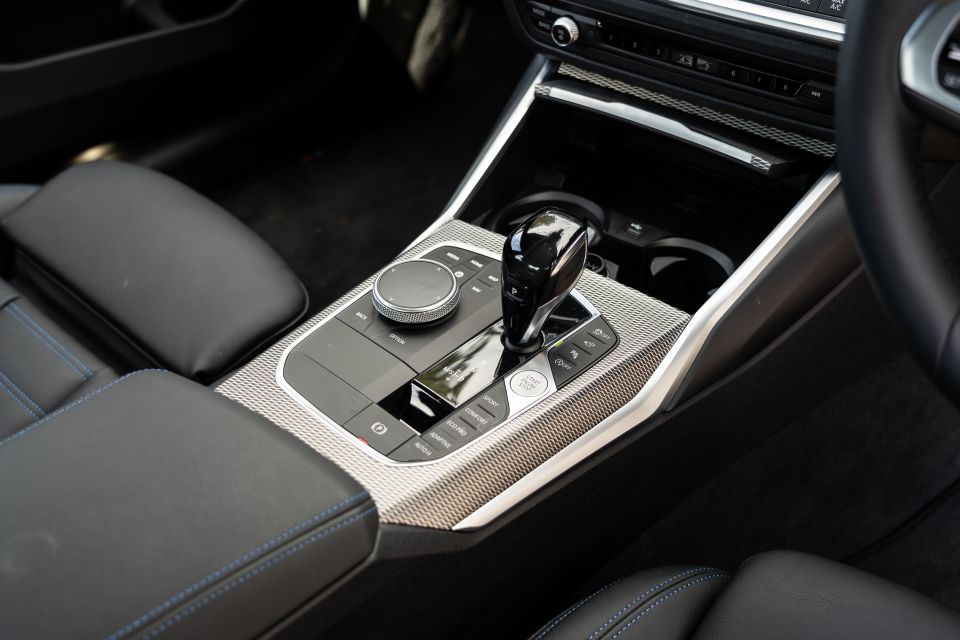
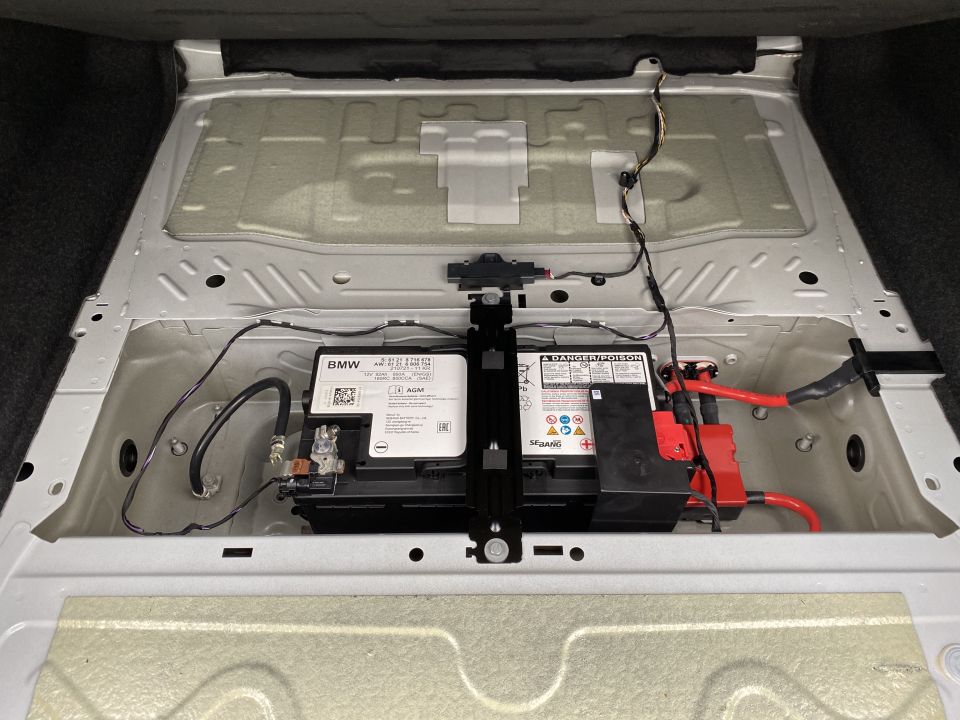
In every way but one the new 3 Series is a dream drive. Despite rolling on hard-sidewall 19-inch run-flat tyres, the ride quality over corrugations is hard to fault, the refinement levels are high, the seats supportive, and the handling and body control through cornering loads tight. Tip the car into sport mode and the steering gets weightier.
The only less-than-stellar element is the steering, which isn’t quite as communicative as the Jaguar XE‘s. And what gives with BMW’s obsession with fat steering wheel rims? My old E36 3 Series has a far more tactile wheel and more steering feedback.
The drivetrain is perfect, really. Peak torque is available from 1550rpm through to 4400rpm, which means there’s always pulling power in any gear, at any (legal) speed. In Sport mode the exhaust system sends a raspy note into the cabin, adding some much-needed character.
And as before, the eight-speed automatic transmission is utterly unobtrusive and always in the right ratio. If there’s a better-balanced, smoother, and punchier mid-tier performance four-cylinder drivetrain out there, I haven’t driven it.
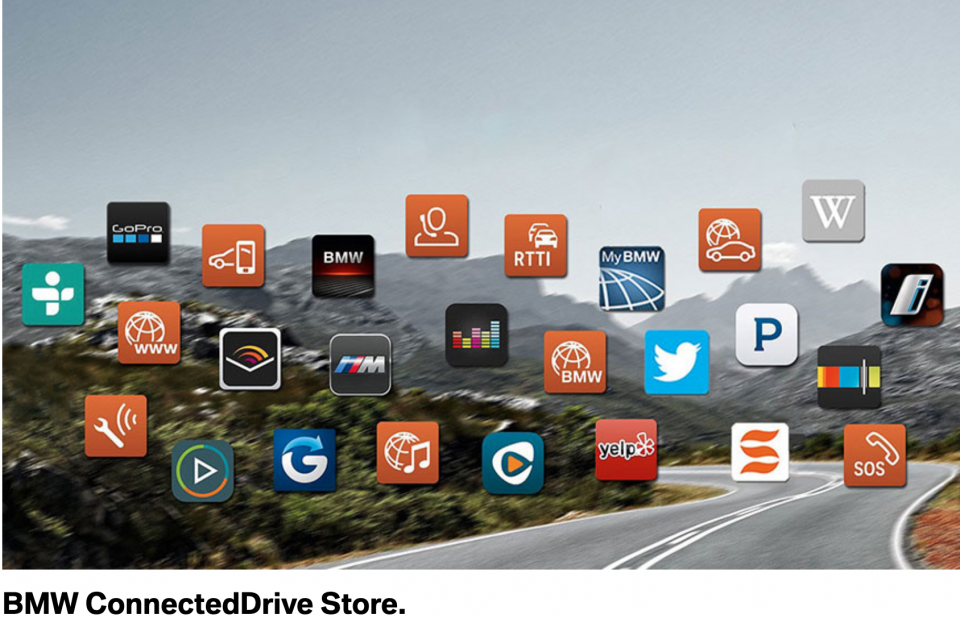
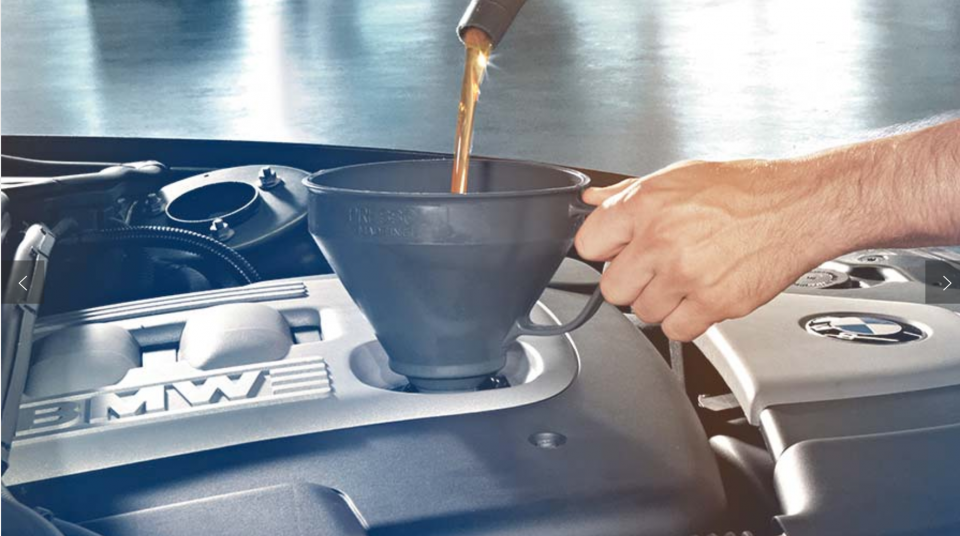
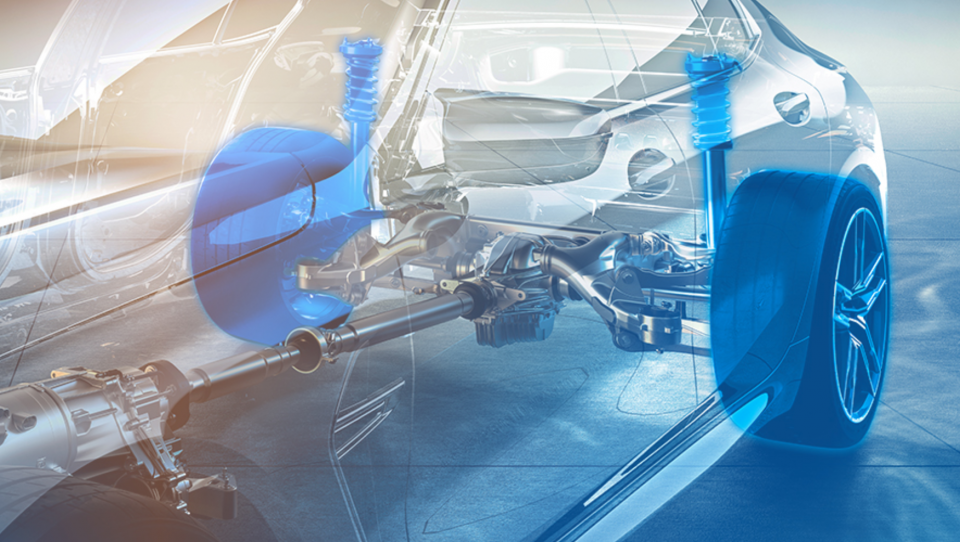
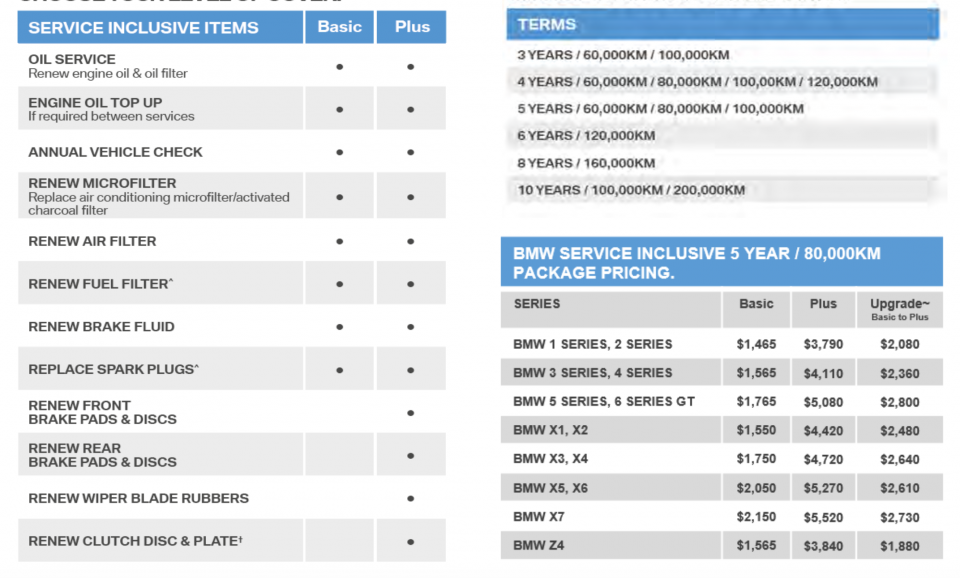
BMW is one of the dwindling number of brands that only offers a three-year warranty.
There are no set servicing intervals, instead the car’s onboard computer notifies you and your preferred dealer when a service is needed, and what (if anything) needs attention. You can purchase a five-year/80,000km service package for $1565, or pay $4110 for an expanded Plus package that covers additional consumables such as brake pads and discs, wipers, and clutch disc/plate.
Unlike many competitors, you can continue to add factory features (for a cost) to your car through BMW’s ConnectedDrive Store, and also perform more regulation software updates for the infotainment system.
You can pay an annual subscription to access remote services (view car data on your phone), online speech processing for the conversational voice control system, real-time traffic updates, map upgrades, and even a 24/7 phone concierge. Packages cost between $119 and $389 a year.
You can also download an in-car drive recorder/dashcam ($79 for 12 months access), and an NFC-based and shareable digital ‘key’ that lives in your BMW app and allows five people to access and drive the car ($129 for 12 months). The store will continue to expand.
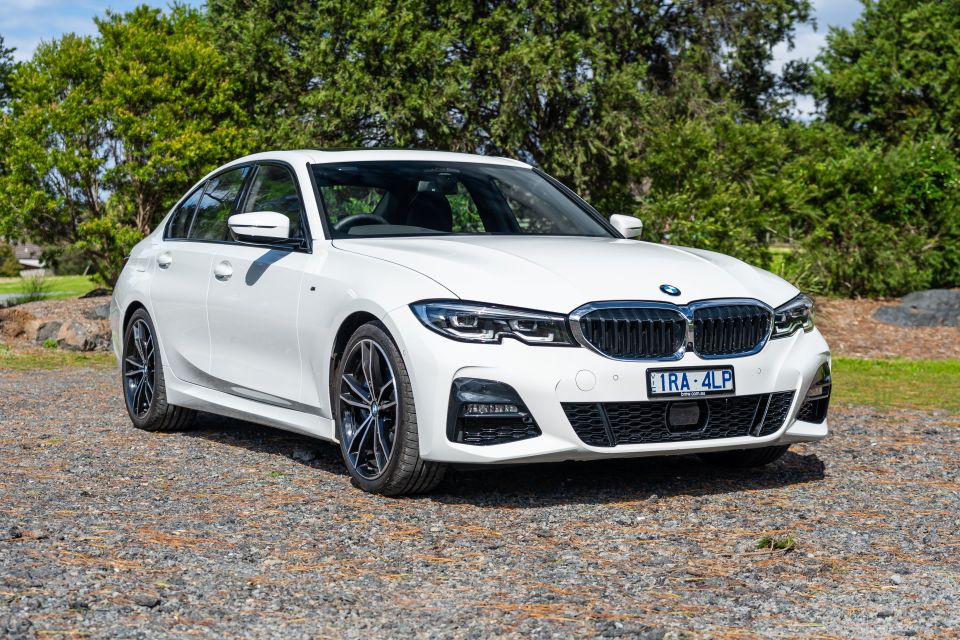
The best BMW 3 Series in generations is the sporty sedan to buy right now, though the segment’s dynamics shift fast as each luxury brand seeks to outdo the others.
The BMW 330i is my pick of the range when balancing value and substance. It’s terrific fun to drive for the most part, as quiet and refined as you could want it to be, fast without being lairy, sharp to look at, and finally matches and (in some ways betters) its competitors in the areas of cabin layout and technology. All without losing soul and character.
Negatives are few and far between, which is exactly what we’d expect from an in-form BMW. Rest assured, you’ll be happy trading up into this car, and if you’re a prospective BMW first-timer, it’s a good time to strike.
Where expert car reviews meet expert car buying – CarExpert gives you trusted advice, personalised service and real savings on your next new car.


William Stopford
18 Hours Ago


CarExpert.com.au
4 Days Ago


Max Davies
10 Days Ago


Ben Zachariah
12 Days Ago
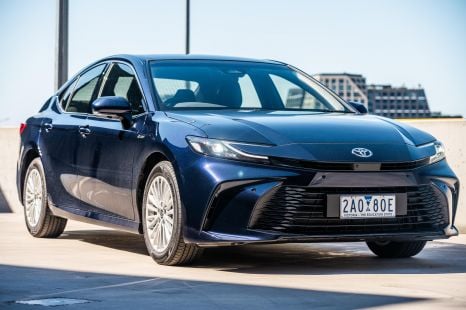

William Stopford
2 Months Ago
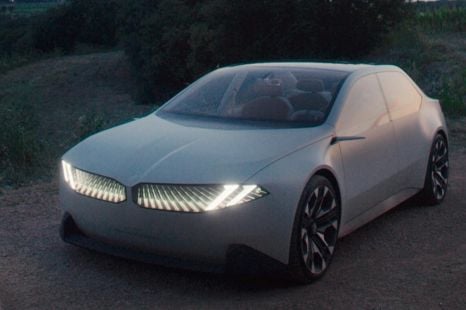

Damion Smy
2 Months Ago